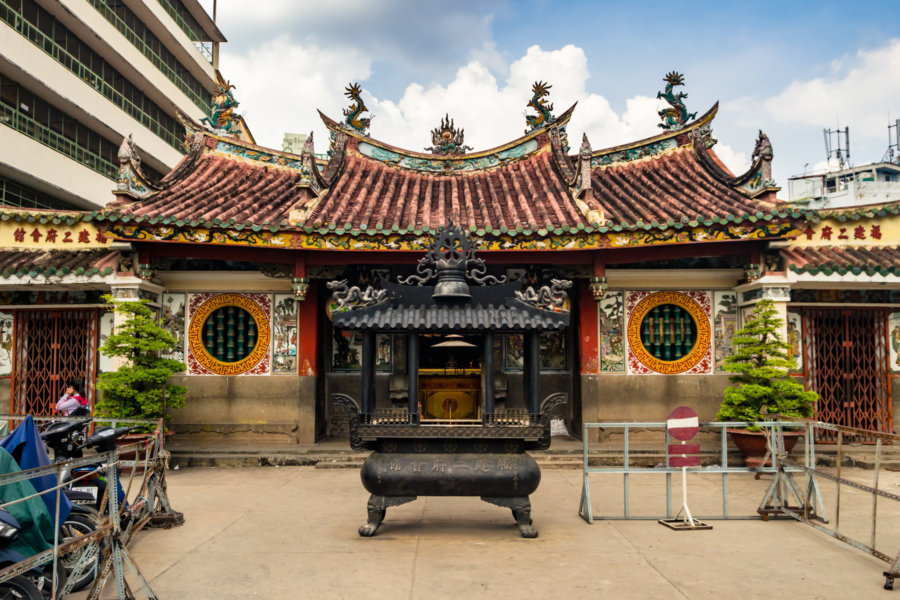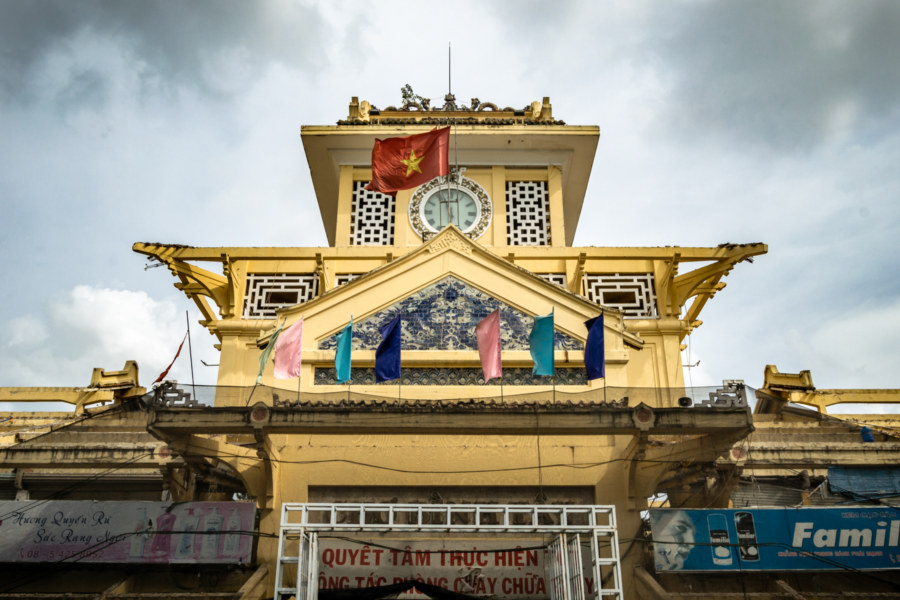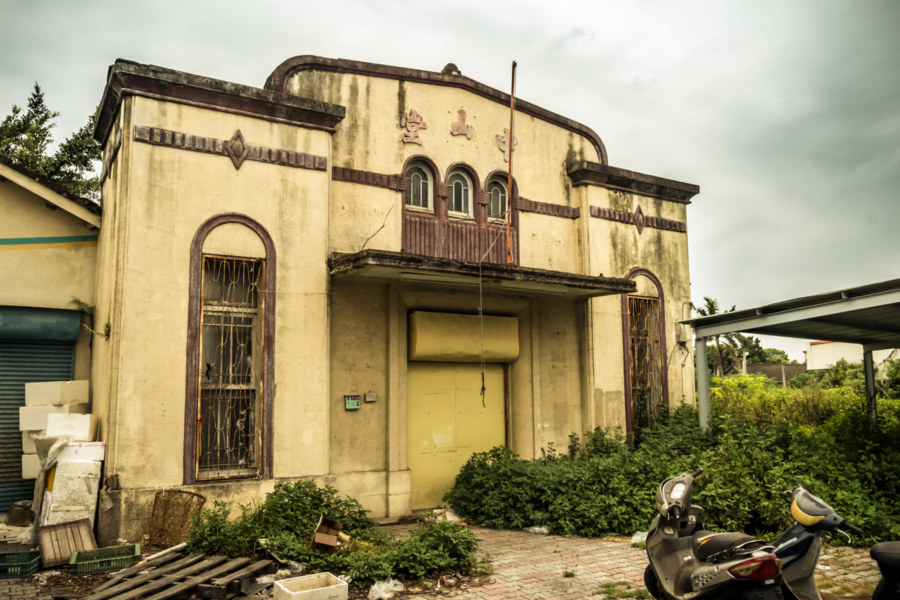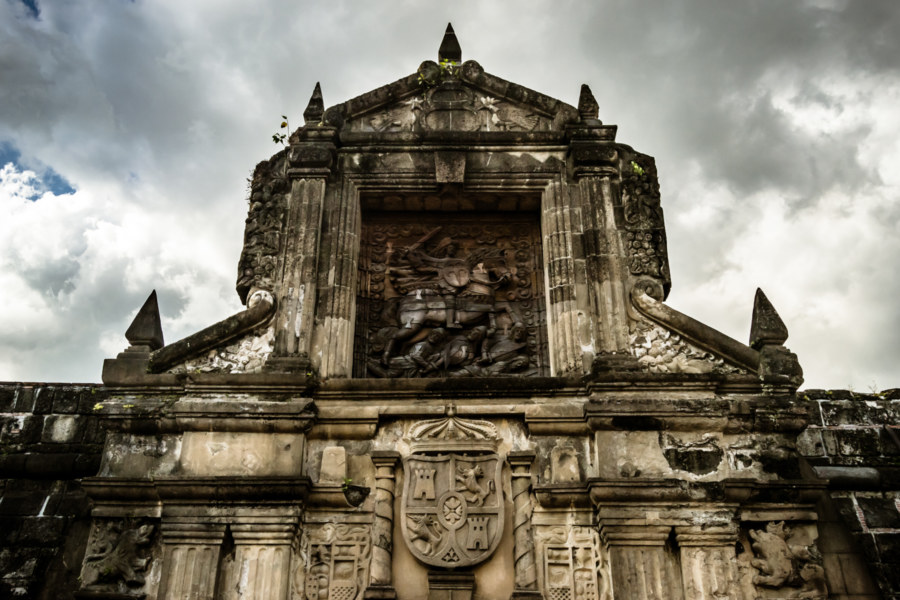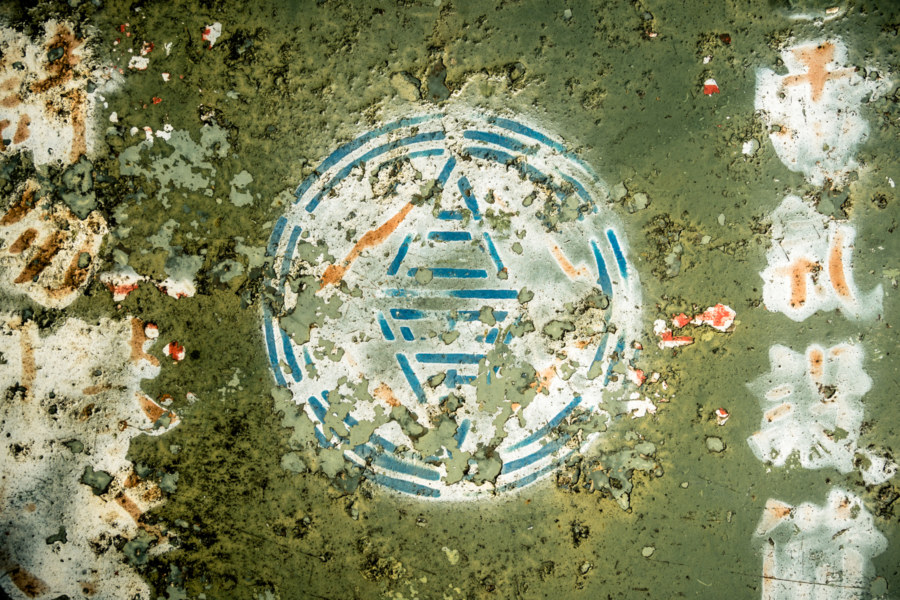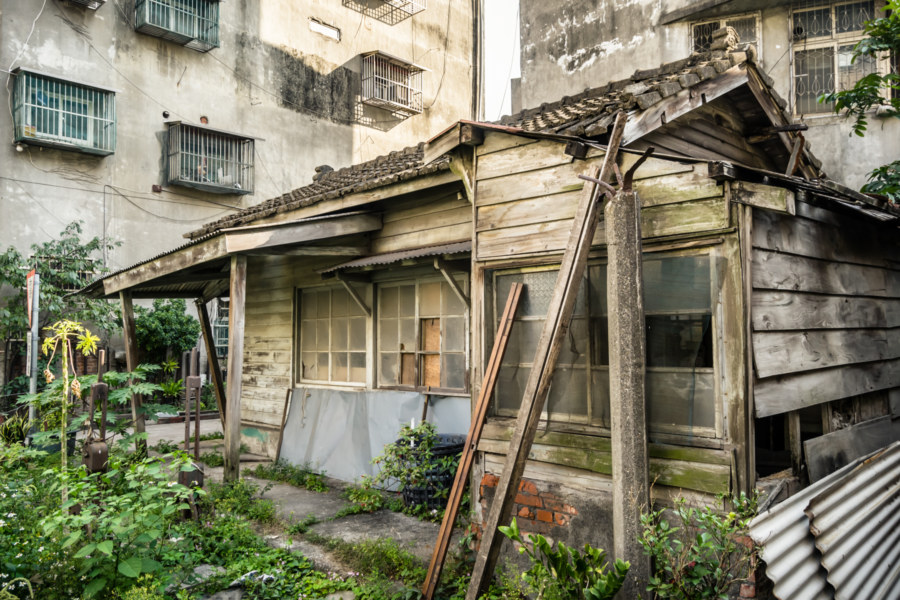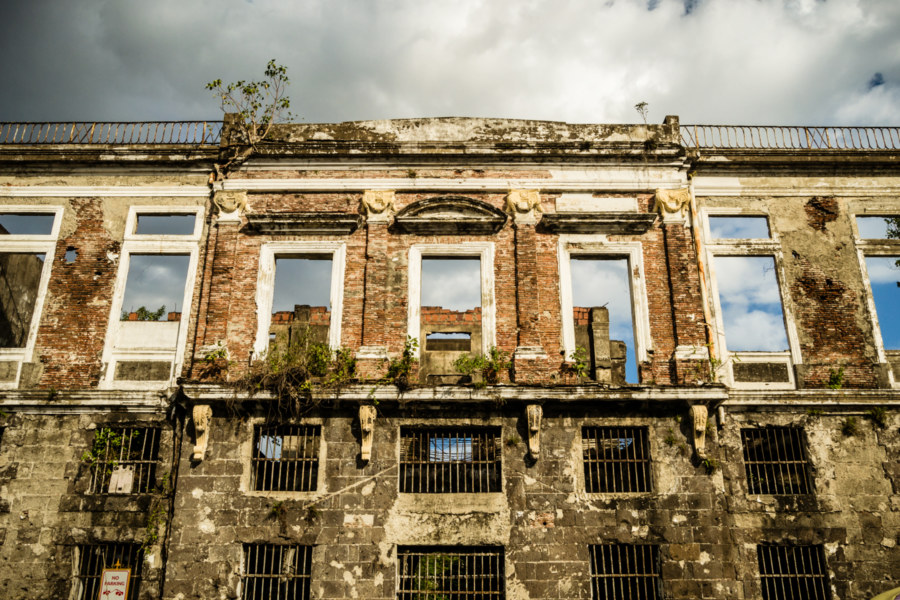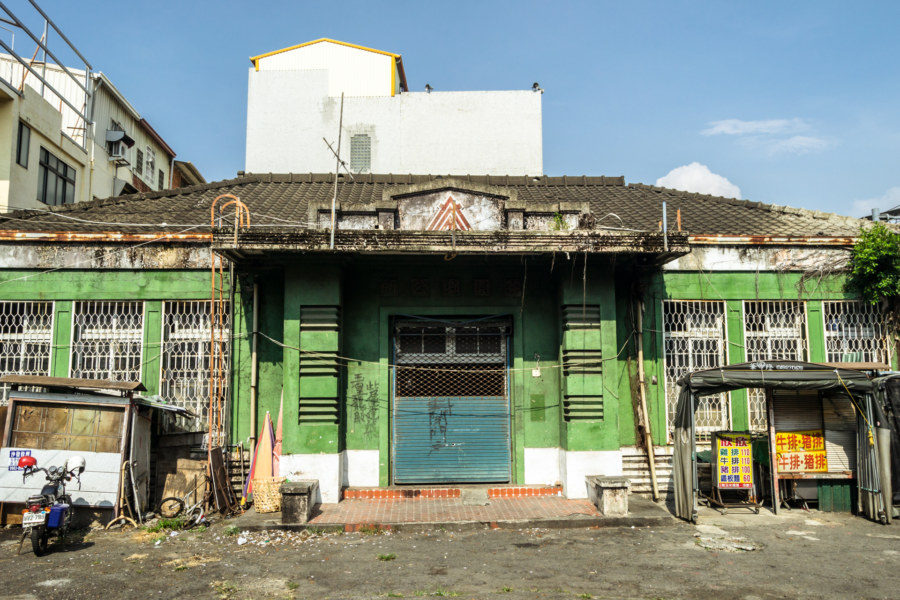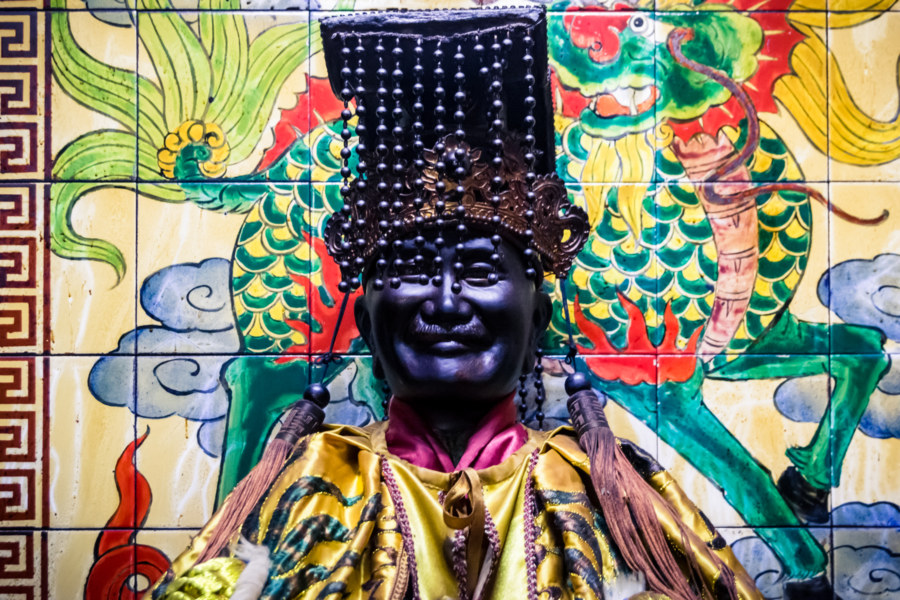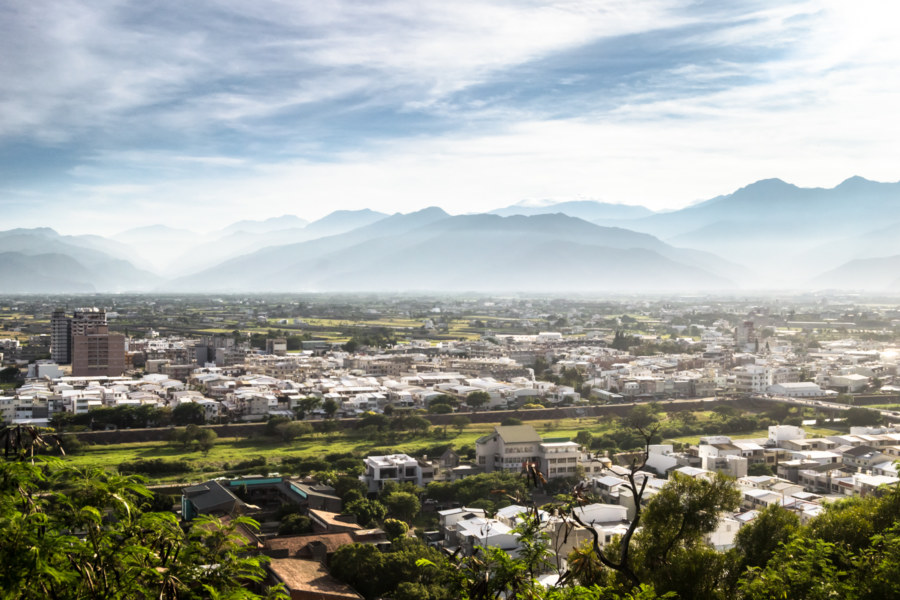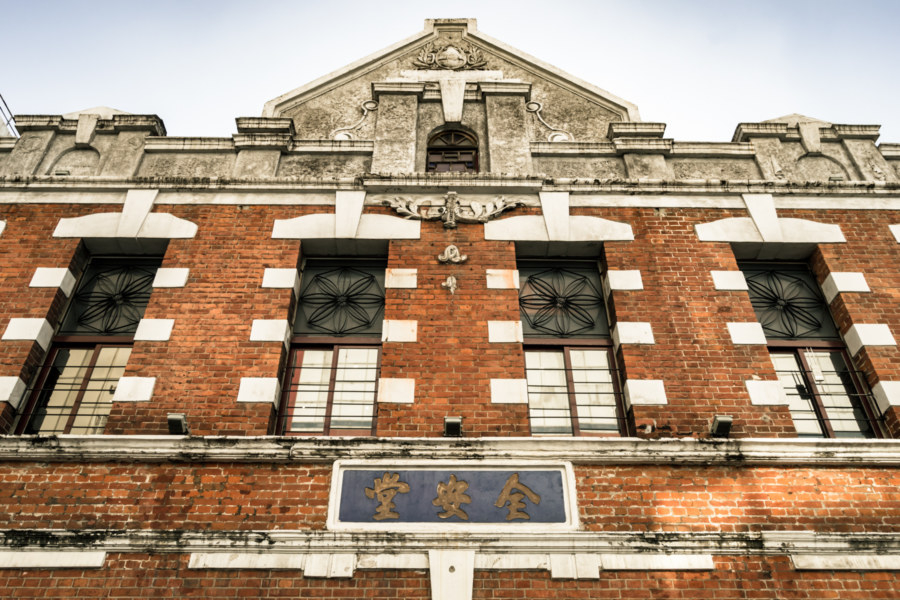This week I am visiting Ho Chi Minh City, Vietnam, on another side trip from Taiwan. Six months ago I visited Hanoi and enjoyed my time there—check out this photo gallery for a comprehensive overview—so I’m hoping to repeat the experience in the emerging megacity further south.
My first walkabout brought me to District 5 in search of Cholon, HCMC’s historic Chinatown, which was originally a settlement separate from colonial Saigon. Cholon literally means “Big Market” so I made a point of visiting Binh Tay Market (Vietnamese: Chợ Bình Tây), which is just over the border in District 6. Along the way I noticed many temporary structures along the roadway so it was no great surprise to discover the famous market closed for what I would assume is renovation.
